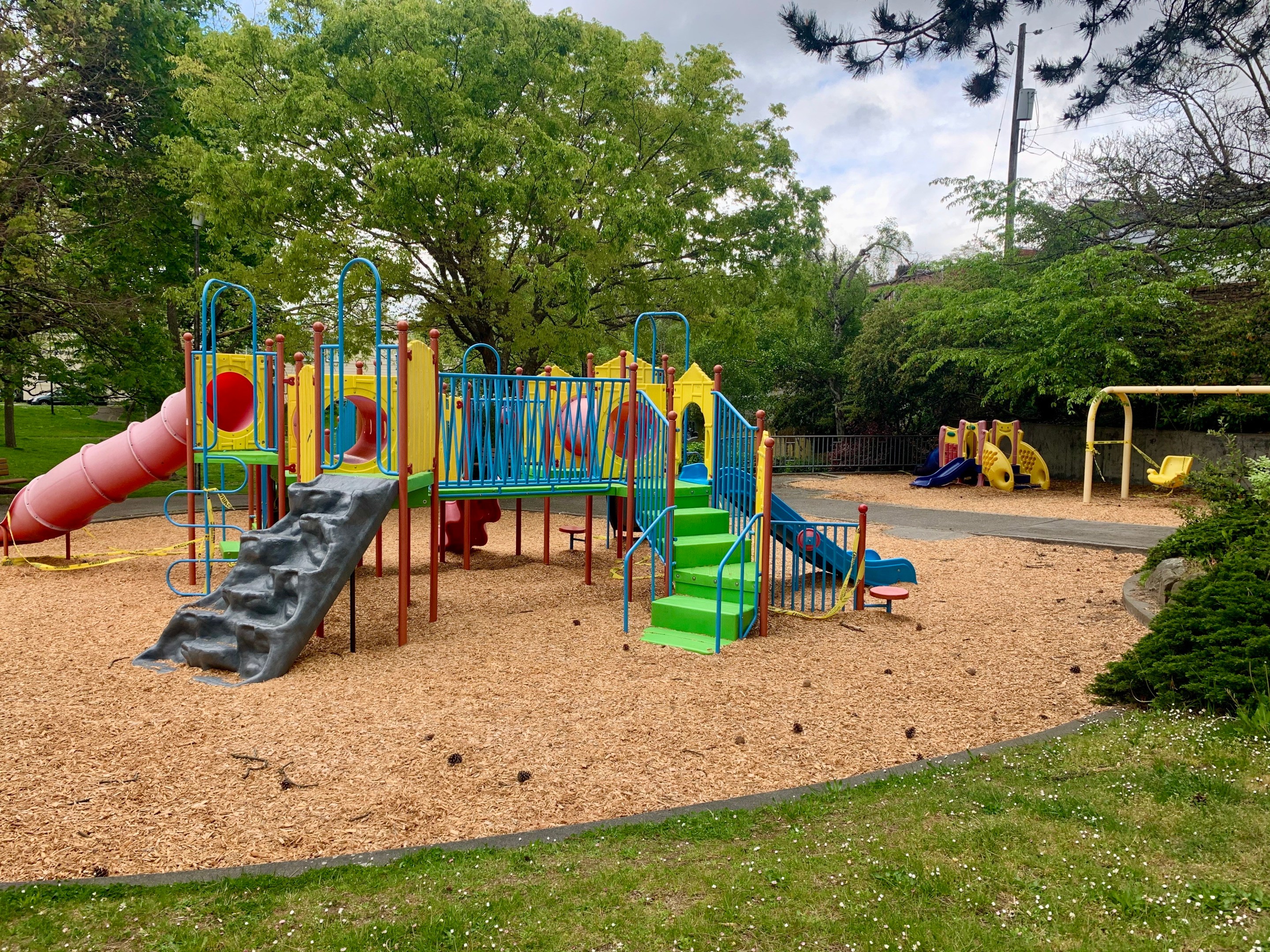Editor's note: This article originally appeared on The Urbanist and is republished here with permission. Streetsblog applauds Seattle for taking this important step to becoming a 15-minute city, and hope they'll accompany the new law with the kind of common-sense changes to their transportation network that will truly make walking to childcare an option for more families.
Seattle City Councilmember Dan Strauss (District 6) scored a victory earlier this week when his proposed Childcare Near You ordinance unanimously passed City Council. The ordinance changes Seattle’s land use code to allow for more childcare facilities across the city.
“This was my first bill,” Strauss said. “I want to be clear that increasing access to childcare was one of my first priorities and remains a priority for me.”
Councilmember Strauss has been vocal about the need to address the shortage of childcare providers in the city, which has led to Seattle parents paying some of the highest costs for childcare in the country. On average, Seattle parents can expect to pay more for childcare annually than an in-state student pays for a year of tuition at the University of Washington.
Expected to be signed into law soon by Mayor Jenny Durkan, the Childcare Near You ordinance largely consists of land use code changes that can be undertaken swiftly and without having to pass through the State Environmental Policy Act (SEPA) process, which has been known to slow down changes to land-use code. Prolonged legal battles over zoning changes related to Mandatory Housing Affordability (MHA) and backyard cottage reform are recent examples of how the SEPA process can add years of delay to land-use amendments.
Technical changes in the Childcare Near You bill allow for child care centers to be a permitted use in all land-use zones including single-family zones. Currently, prospective child care facilities in single-family residence zones must apply for a conditional use permit, which can be appealed, which Councilmember Strauss said adds an average of five months to the permitting process.
“We know that uncertainty around the length of the time for the permitting process decreases the likelihood that a childcare facility will go through that process,” said Strauss, who is hopeful this change will remove a significant barrier to entry for new childcare facilities. He also highlighted the importance of placing childcare facilities in single-family residence neighborhoods as result of changes to remote work brought on by the Covid pandemic.
Additional land-use code changes in the ordinance include:
- Removal of dispersion requirements for child care centers in multifamily areas, allowing child care facilities to be closer to one another;
- Exemption from floor area limits on child care centers in multifamily zones and commercial zones, which is hoped to incentivize developers to include them in more facilities;
- Removal of limits on child care centers in home occupations;
- Removal maximum size limits for child care centers in some commercial zones.
- Added code flexibility for child care centers in Seattle Mixed zones.
The ordinance also replaces the term “pre-school” used in older land-use code and with “childcare,” a language that Strauss said should lead to greater flexibility in mixed use areas.
New childcare facilities will still require City permits, and will continue to be licensed by the state to meet health and safety regulations. The 2020 of Washington State’s Child Care and Early Learning Licensing Guidebook currently states that requirements for facilities will be announced later, indicating state level changes around licensure requirements may be in the works.
— EPI Chart Bot (@epichartbot) January 9, 2017
Strauss is hopeful that the changes included in the Childcare Near You ordinance will offer improvements to the current situation, which he acknowledged has become even more dire since he first began working on the ordinance in January. Closures and capacity restrictions had led to Seattle parents in need of childcare finding fewer and fewer options available. According to reporting by KUOW, 17% of childcare centers are currently closed–temporarily or permanently. In Seattle alone, that amounts to 134 childcare centers whose doors are shuttered. Even Seattle Children’s Hospital had to close its childcare facility last month, leaving 90 essential worker families without childcare, as a result of the economic fallout from the Covid recession.
More action will need to be undertaken in order to truly resolve issues surrounding childcare access and affordability in Seattle, which Strauss readily admitted.
“My big dream is to have childcare available with a walkable 15-minute distance throughout all areas of the city,” Strauss said. “This bill won’t achieve that on its own.”






